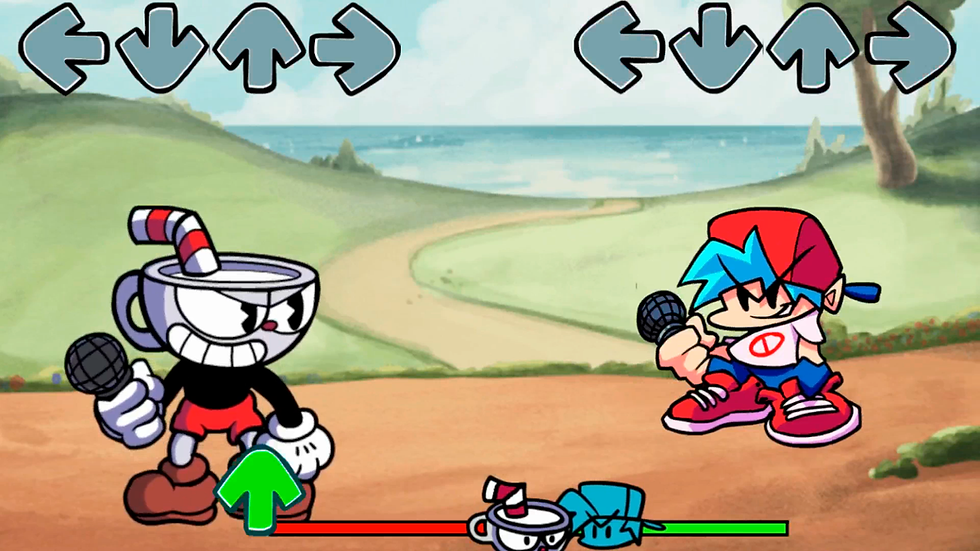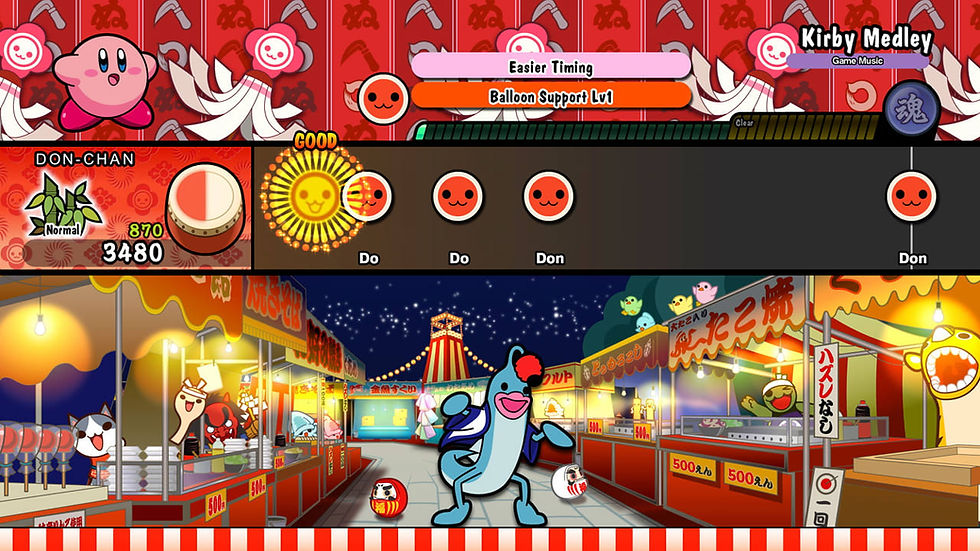Why Rhythm Games Keep Finding Their Beat
- Kelly Gowe
- May 14
- 2 min read
Rhythm games rarely make the front page of gaming news. They are not the titles driving console sales or dominating award shows. But if you look just under the surface, you will find a genre that is quietly consistent, endlessly creative, and surprisingly resilient. Rhythm games are not just about pressing buttons to a beat. They are about feel. About instinct. About tapping into a moment and letting it move you.
What makes rhythm games so appealing is how quickly they pull you in. You do not need to memorise complicated mechanics or grind through tutorials. You start the game, hear the music, and you are in. There is a kind of immediacy that is rare in modern gaming. Even when you miss a note or completely fall off rhythm, the feedback loop is satisfying. You want to try again. You want to get it right.
And that drive to improve is only part of what keeps the genre alive. The real staying power comes from the community. Games like Friday Night Funkin’ exploded because of player-made mods.

What started as a simple, nostalgic throwback evolved into something much bigger. Fans brought in entire universes from other media, adding new characters, new music, and entirely new challenges. Some of the most memorable content comes not from the developers, but from players who decided to make the game their own.
This same energy fuels Beat Saber, which continues to thrive not just on its VR mechanics, but on its custom song library. Anime intros, classic rock, hyper-pop remixes - if you can think of it, someone has probably mapped it. And while the base game offers a solid experience, it is the modding scene that gives it longevity. It turns a polished rhythm game into a creative tool.
StepMania, though older, is still going strong. It proves that rhythm games do not need flashy visuals or outstanding graphics to survive. All they need is music and a community that refuses to let go. That same spirit exists across platforms. Just Dance continues to pull casual players in, Taiko no Tatsujin keeps growing with new releases, and mobile titles like Beat Fever show that the genre works just as well in your pocket.

Rhythm games are flexible. That is part of their charm. You can jump into one for a ten-minute break or fall into a three-hour loop chasing perfect scores. You can mod them, remix them, or simply enjoy them as they are. They welcome you whether you are here to compete or just vibe with a favourite track.
In a gaming landscape that often demands more; more time, more complexity, more commitment. Rhythm games offer something different. They offer clarity. Simplicity. A direct connection between sound, action, and emotion. And that is more than enough to keep people coming back.






